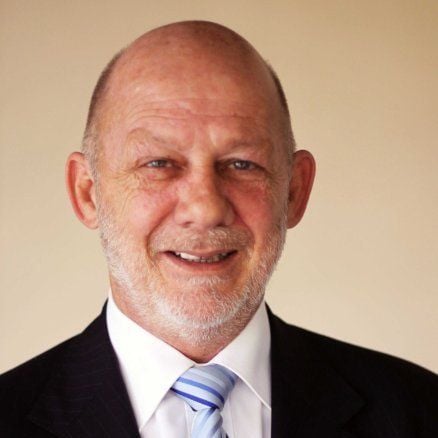
It appears that some people are slow learners and just because something has been known for many years do not mean it has landed in some leaders brains yet, or ever will.
During the 1950's and 60's a clever man, Douglas McGregor, postulated a theory consisting of two parts.
The two theories proposed by McGregor describe contrasting models of workforce motivation applied by managers in human resource management, organizational behaviour, organizational communication and organizational development.
Theory X explains the importance of heightened supervision, external rewards, and penalties, while Theory Y highlights the motivating role of job satisfaction and encourages workers to approach tasks without direct supervision. (wp).
In essence when we apply the Theory Y approach, the workforce is more likely to expend more effort ( discretionary and normal ) and have a more positive approach to the organisational objectives.
The knock-on effect will always result in a more positive and productive culture while encouraging cooperation.
To give this a bit of perspective : -
An organisation employing 1000 people working 250 days a year at $ 25 per hour would gain an additional effort of 62,500 hours, valued at $ 1,562,500, for every 15 min of discretionary effort by employee.
But these numbers only tell a small bit of the story.
I shudder every time a CEO or senior manager makes a statement such as "well they should be grateful for the work we give them and I expect them to put in extra effort". Recently I have been shuddering a lot, but then that is what happens when one talks to people in government.
The real issue, that should be of concern, where Theory X is the norm, is not the loss of discretionary effort, as it can be "reasoned" that the lazy buggers that work for the organisation is unlikely to ever produce any effort beyond the basic requirements..
The real cost is when discretionary effort dies, it is replaced by a reduction in all effort and a multiplier quickly steps in. Breaks become a bit longer, urgency in all matters reduces, everything takes a little longer, conversations around the watercooler are not positive, envy and all manner of petty behaviour becomes the norm.
Now we start talking real money, as it is very easy to lose 1 hour a day per employee and at 1000 employees we are now wasting $ 6,250,000 per year.
This should be simple to understand, yet I still encounter more Theory X than Theory Y companies and talking to other consultants, I am not alone.
One can almost hear the standard thinking at this point - "Yes BUT, we are different", sorry to tell you this, but you are not.
UPDATE
All this might sound theoretical, so lets look at some real world numbers.
A report just out, regarding Suncorp, explains that a recent internal survey shows "employee engagement" is down to 56%, thus 44% of the 13,500 staff is not fully engaged.
Working on the same low numbers used above, that would tanslate to some $ 38,8 Mil a year, but the real number will probably be multiples of this.
I have no doubt the spindoctors will have a solid BUT to deflect these numbers and however big their BUTS are, the numbers still tells a story they can either listen to or like good politicians, they can ignore the message and shoot the messengers.
) Author:Philip Smith
Author:Philip Smith| Tags:ManagementPerformance |